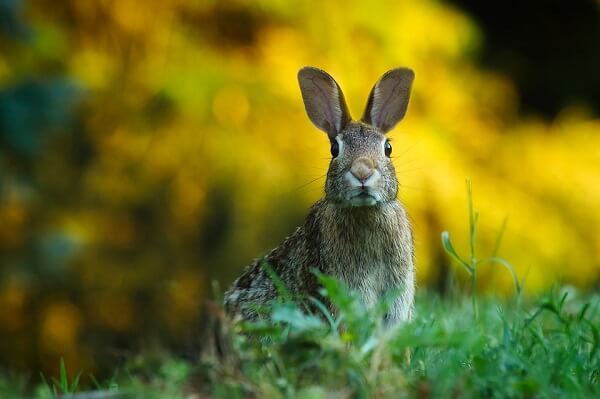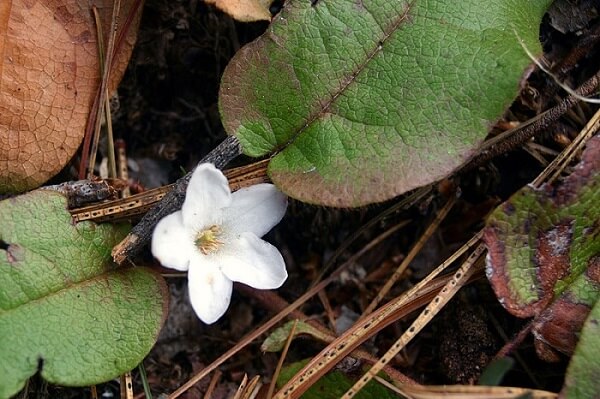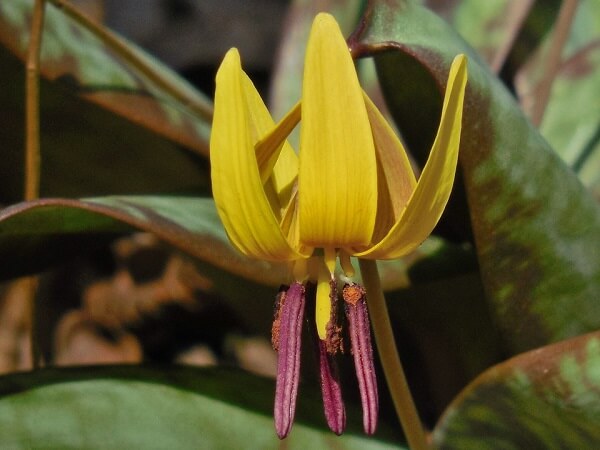 Plant Nature Study I
Plant Nature Study I
Plant Nature Study I
Plant Nature Study I




 Plant Nature Study I
Plant Nature Study I
Plant Nature Study I
Plant Nature Study I

Study the lesson for one week.
Over the week:
Conserving Wild Plants:
Activity 1: Narrate the Story
Activity 2: Study the Story Pictures
Study the picture of the Trailing Arbutus and find the following:

Study the picture of the Trout Lily and find the following:

Activity 3: Take a Nature Walk, Visit a Flower Shop, or Research Online - Pick Common Flowers
Activity 4: Caring for Flowers
Right after the nature walk, observe the flowers you picked.
Discuss the answers to the following questions:
Activity 5: Complete a Field Book Entry

After your nature walk and wilted flower experiment, complete page 7 in 'Science Field Book for Third Grade.'